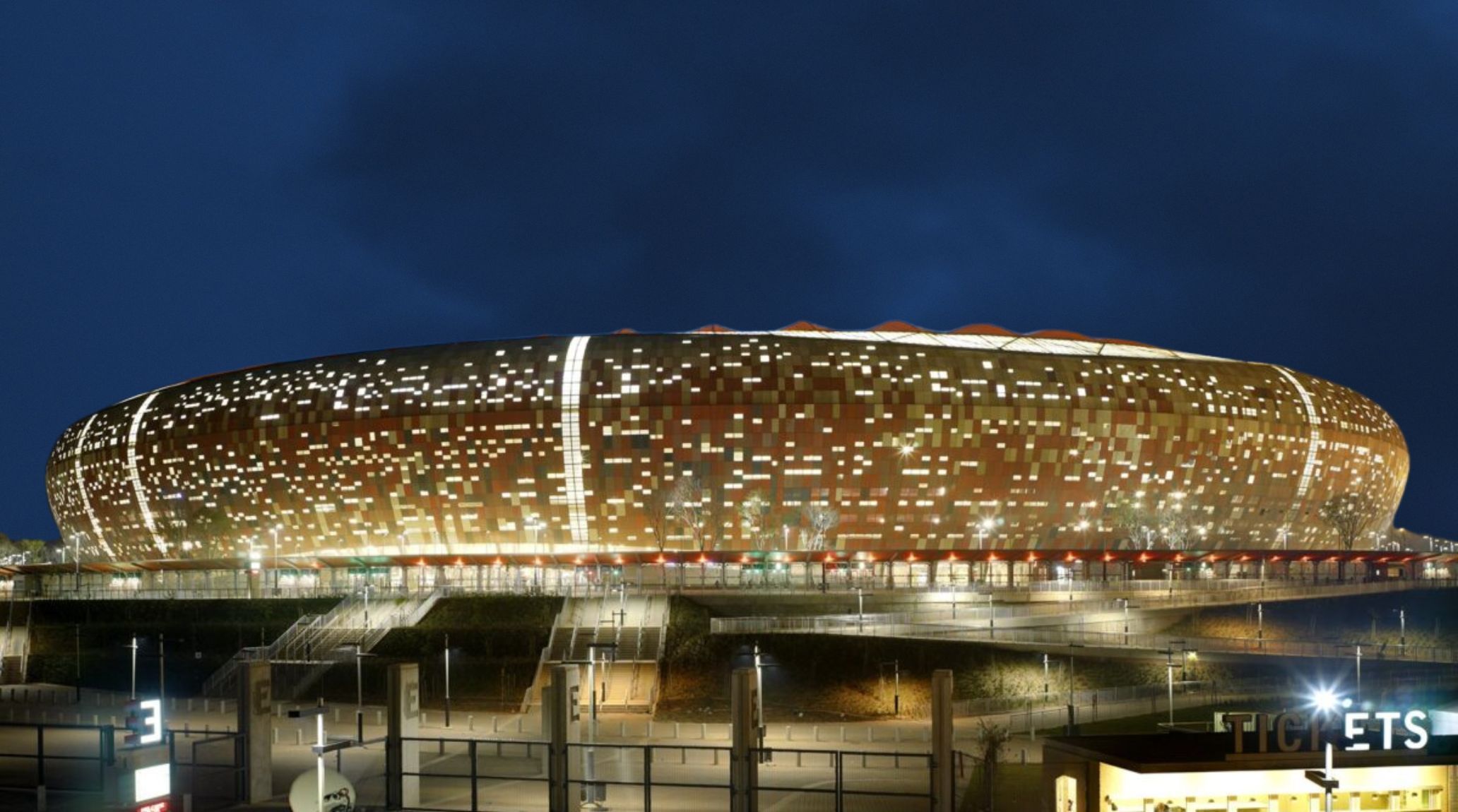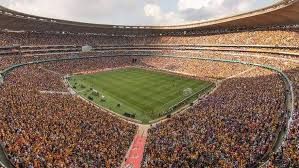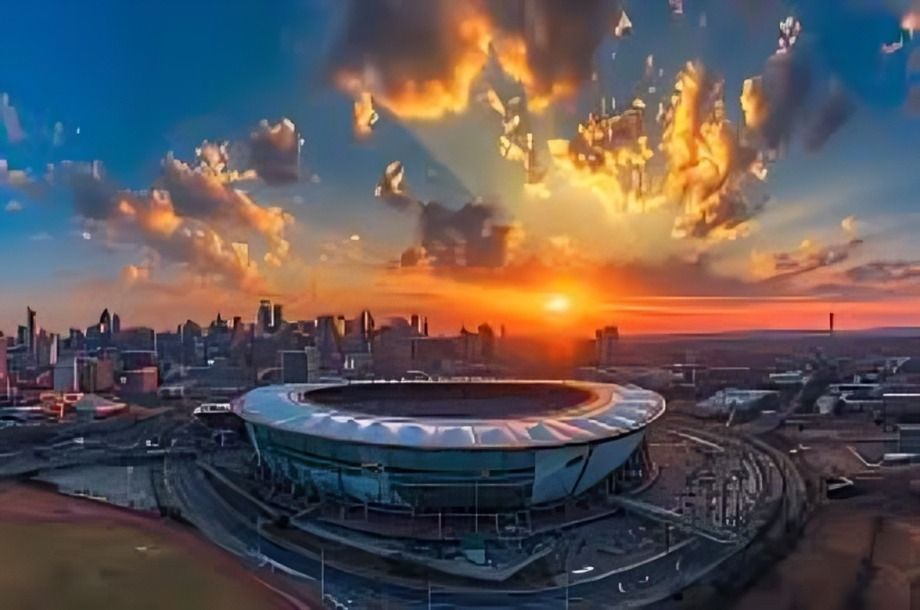
“
FNB Stadium, also known as Soccer City, is one of South Africa’s most iconic landmarks, renowned for its remarkable design and its role in hosting global events. While most people associate it with the 2010 FIFA World Cup final, there are many startling facts about FNB Stadium that go beyond its famous moments. From its unique architecture to the historical events that have taken place there, this stadium has a rich story to tell. In this blog, we’ll explore 20 startling facts about FNB Stadium, revealing why it stands as a true symbol of South African pride and sporting history.1
1
”
FNB Stadium, also known as Soccer City, is the largest stadium in South Africa, with a seating capacity of 94,736, making it not only a national icon but also Africa's biggest sports venue. 1
The stadium was originally built in 1987 and underwent major renovations ahead of the 2010 FIFA World Cup. Its striking design resembles a traditional African pot, symbolizing the country's cultural heritage. 2
FNB Stadium was the venue for the opening and final matches of the 2010 FIFA World Cup, including Spain’s dramatic 1-0 win over the Netherlands in the final, marking a historic moment for South African football. 3
The stadium was originally designed to hold around 80,000 spectators, but after renovations, its capacity was expanded to nearly 95,000, solidifying its status as Africa's largest football venue. 4

FNB Stadium's unique "calabash" design was inspired by traditional African cooking pots, reflecting the rich cultural history of South Africa. The exterior is made of 90,000 golden discs, giving it a distinctive look.
During the 2010 FIFA World Cup, FNB Stadium hosted a record 6 matches, including the highly anticipated match between South Africa and Mexico, which marked the start of the tournament. 5
FNB Stadium's first major event after renovations was the 2009 FIFA Confederations Cup, a precursor to the 2010 World Cup. This event was crucial in testing the venue’s readiness for the world stage. 6
FNB Stadium is home to the South African national football team, Bafana Bafana. It also regularly hosts high-profile domestic matches, including the annual Soweto derby between Kaizer Chiefs and Orlando Pirates. 7
The stadium is often referred to as the "calabash" because of its unique design, which resembles a traditional African cooking pot. The shape was chosen to symbolize unity and African culture. 8

FNB Stadium is not just for football; it has hosted international concerts by superstars such as U2, The Rolling Stones, and Beyoncé, making it a versatile venue for a range of events.
Despite being a symbol of South African pride, FNB Stadium is not the most historical venue in the country. It replaced the original FNB Stadium, which was built in 1987 and demolished for the 2010 renovations. 9
FNB Stadium has become a symbol of transformation in South Africa, as its construction and renovation were a direct response to the country's post-apartheid efforts to present itself as a global force in sports and culture. 10
The stadium is one of the few venues in the world to feature a partially covered grandstand, ensuring better protection against weather while maintaining an open-air atmosphere for major events and games. 11
The stadium’s location in Johannesburg places it in close proximity to key landmarks, including Soweto, where football holds significant cultural and historical importance, making FNB Stadium a focal point of the community. 12

FNB Stadium has hosted numerous high-profile events outside of football, including rugby internationals, political events, and major cultural festivals, making it one of the most versatile and iconic venues in Africa.
In 2010, FNB Stadium became the first venue in Africa to host a FIFA World Cup final, marking a significant moment not just for South Africa but for the entire continent’s football history. 13
The grand reopening of FNB Stadium in 2009 was celebrated with a massive concert, with global artists performing to commemorate the venue's role in the upcoming 2010 FIFA World Cup. 14
The stadium is often used for large-scale political rallies and public gatherings, playing a central role in South Africa’s democratic process by providing a platform for social and political change. 15
FNB Stadium is part of a larger complex called the Soccer City Precinct, which includes surrounding facilities like training grounds and media centers, making it a key site for international sports events. 16
FNB Stadium's impact extends beyond sports; it’s a beacon of hope for South Africa, symbolizing national pride, unity, and the progress the country has made in the post-apartheid era. 17


